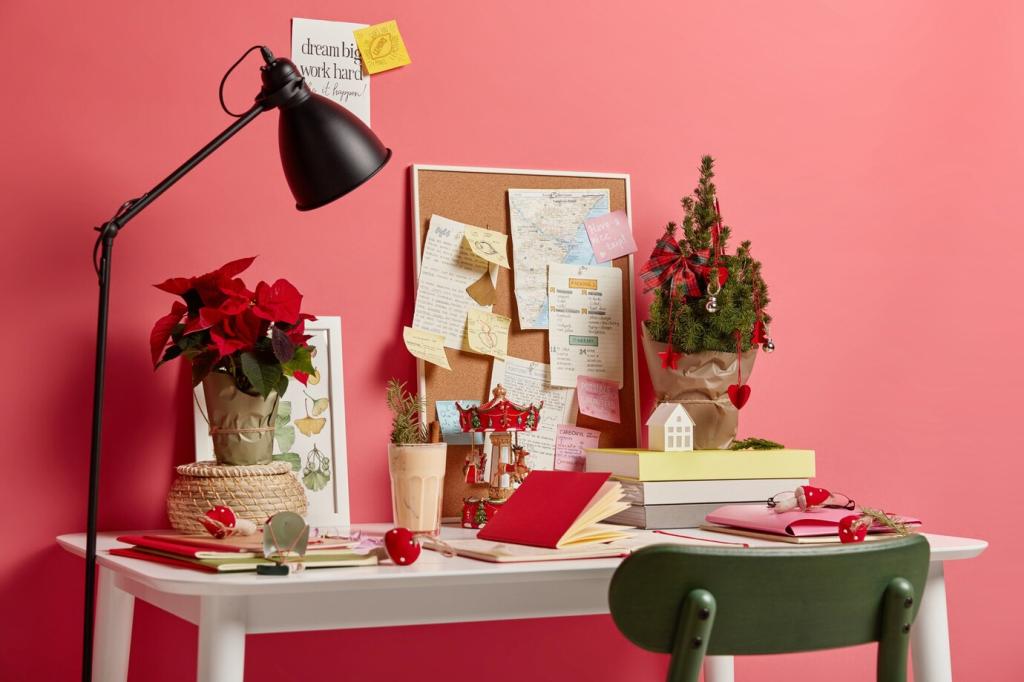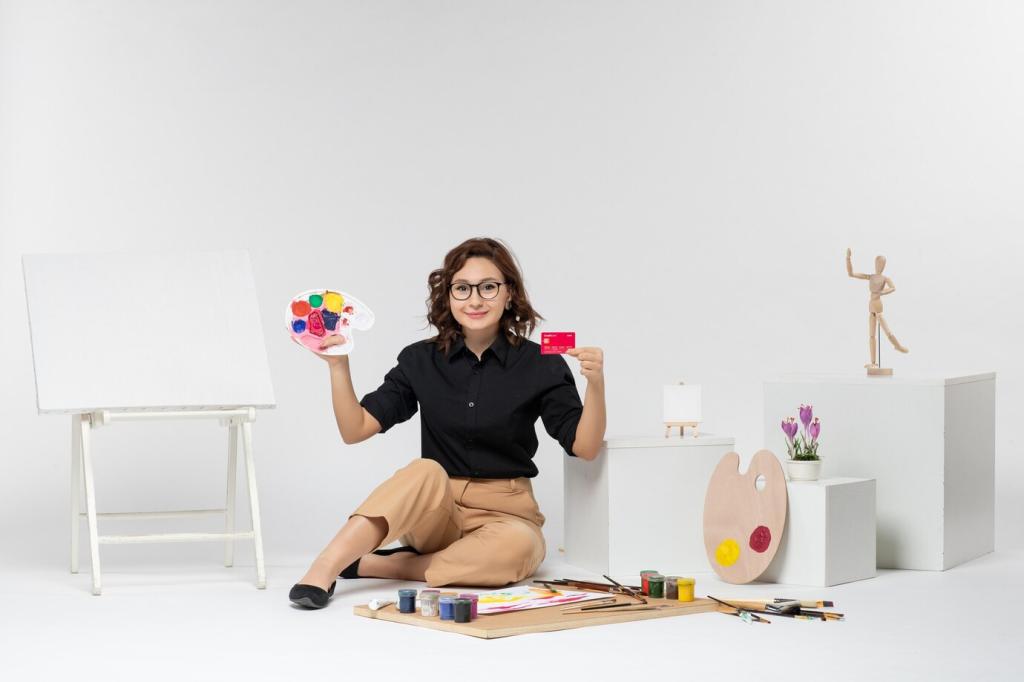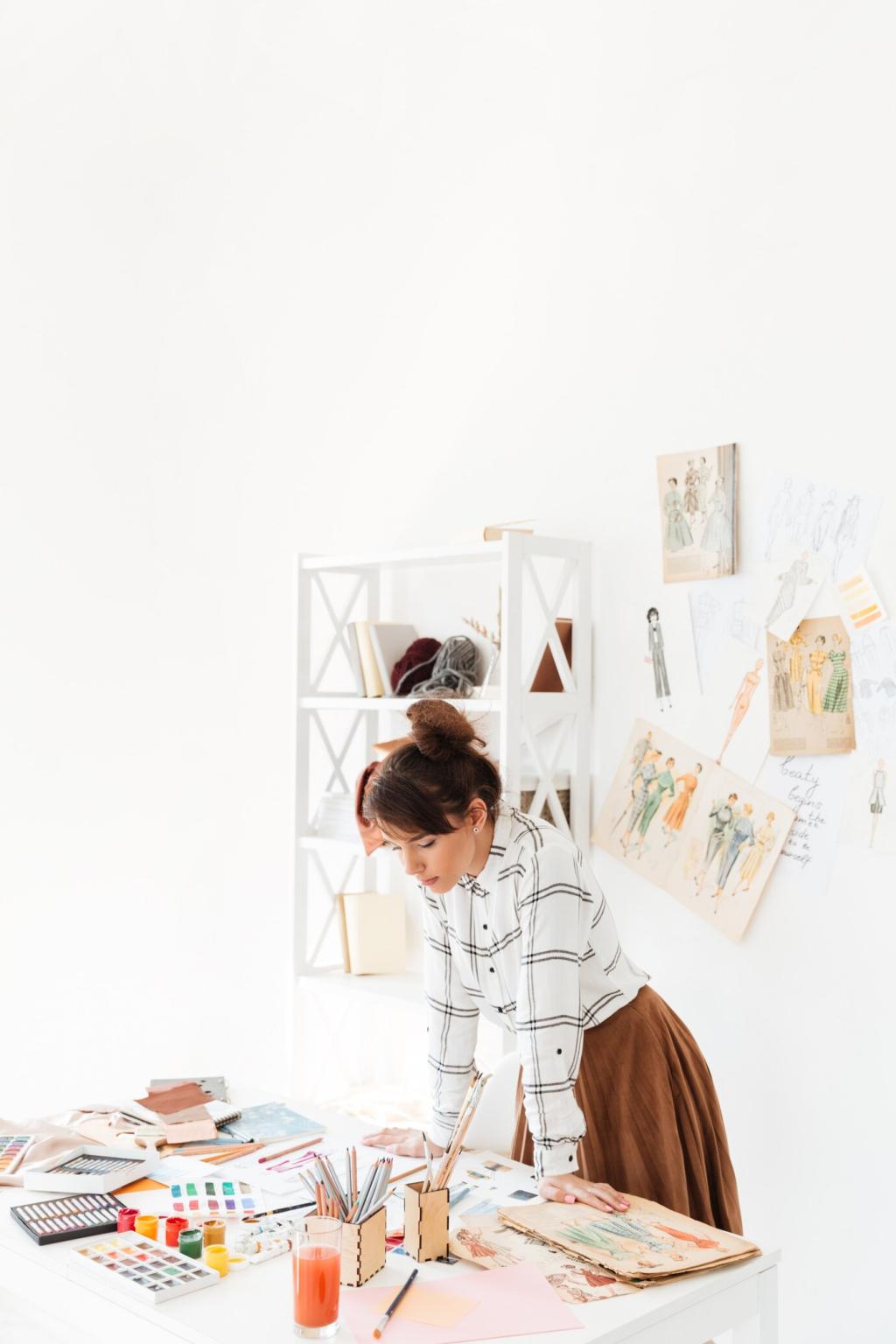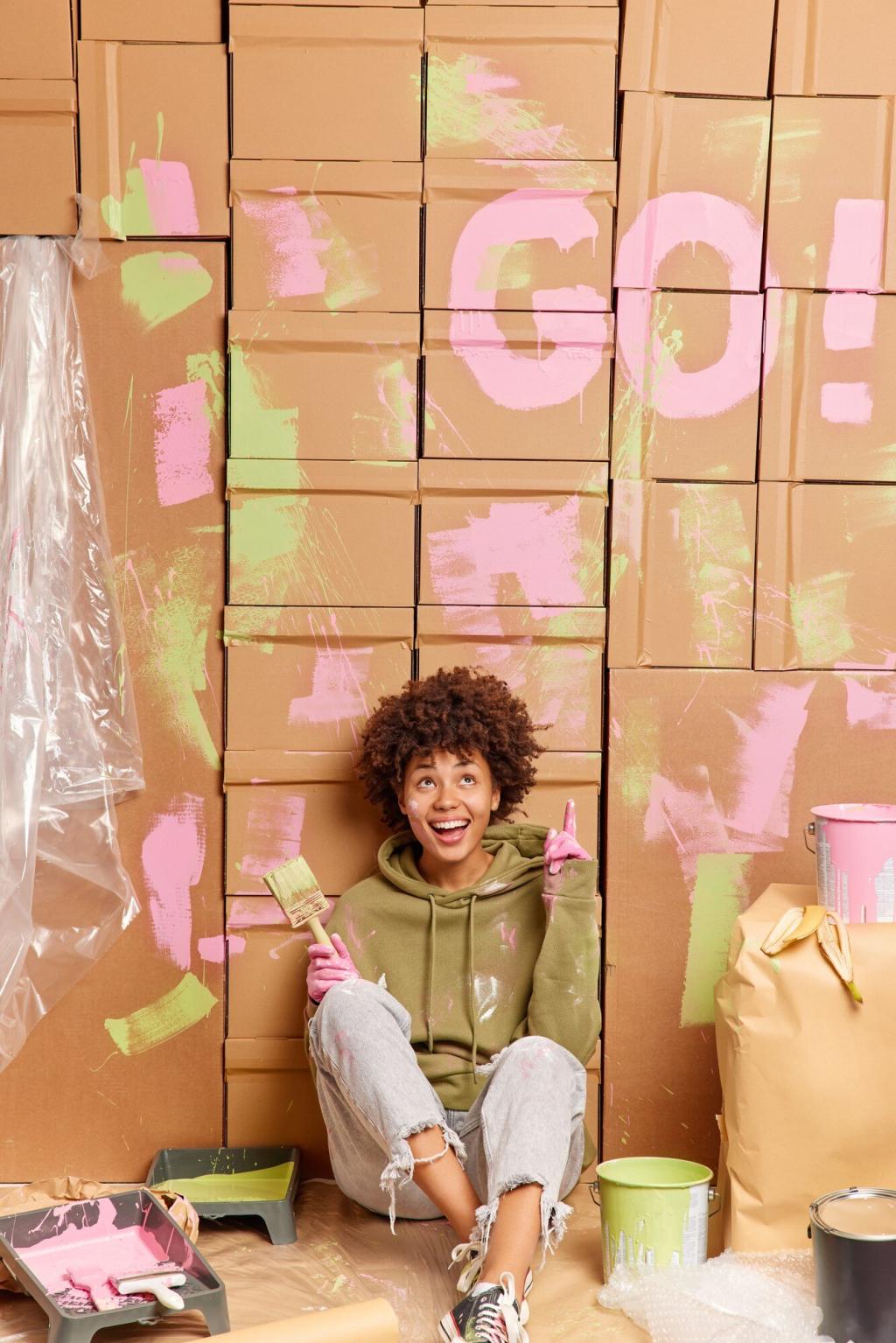
Make Your Interior Design Blog Visually Irresistible
Chosen theme: Enhancing Visual Appeal in Interior Design Blogs. Explore practical artistry—layout, color, photography, typography, and storytelling—so every post feels curated, welcoming, and memorable. Share your challenges and subscribe for fresh, image‑driven ideas.
Visual Hierarchy That Guides the Eye
Adopt a simple column grid with generous gutters, consistent spacing, and rhythmic vertical flow. Like millwork aligning across a hallway, the grid calms scanning, reduces clutter, and frames every photo with confident, breathable order.
Lead with one striking hero image and a bold headline, then cascade supporting photos in decreasing scale. This hierarchy mimics layered vignettes on a console table, guiding attention naturally from statement to detail.
Treat whitespace like sunlight on a wall—space that reveals form. Generous margins, short paragraphs, and airy captions help textures breathe, making surface finishes and color nuances easier to appreciate and remember.

Color Systems That Honor Materials
01
Sample hues from wood tones, stone veining, brass hardware, and linen upholstery. When interface colors borrow from photographed materials, the blog feels cohesive, grounded, and sensorial—like stepping from screen into the featured space.
02
Ensure text passes sensible contrast checks, especially over photos and tinted overlays. Crisp legibility lets colors serve atmosphere rather than strain, keeping long room tours comfortable for evening reading on dimmer devices.
03
Reserve vibrant accent colors for signposts—buttons, captions, and annotations—so photography remains the star. Seasonal swaps feel fresh when confined to small interactive elements, avoiding jarring repainting of your entire visual language.
Photography and Styling That Feel Lived‑In
Schedule shoots for soft window light, cut glare with sheers, and kill mixed color temperatures. A consistent lighting recipe respects paint undertones and wood warmth, translating true finishes from camera sensor to readers’ screens.
Photography and Styling That Feel Lived‑In
Use leading lines, measured asymmetry, and layered foregrounds to suggest movement through the room. Leave breathing room for captions or callouts, and keep horizon lines level so readers feel oriented, welcomed, and curious.


Pair type like materials
Balance a characterful serif for headings with a neutral sans for body text, scaled on a modular system. The pairing should echo contrast in finishes—matte and gloss—so hierarchy feels natural, elegant, and enduring.
Design for relaxed reading
Keep line length around comfortable ranges, increase line-height slightly, and break paragraphs generously. Long renovation diaries transform from dense walls into breathable narratives that support imagery, not compete with it for attention.
Refine micro‑typography
Polish quotation styling, caption spacing, and pull‑quote emphasis. Small, thoughtful details become your signature, guiding skimmers while rewarding devoted readers. Share your favorite type pairings in the comments—let’s learn from each other’s experiments.
Editing Consistency and Brand Texture
Establish a signature edit
Create a preset that respects neutrals, preserves highlight detail, and avoids trendy over‑saturation. When wood remains warm and whites stay honest, readers recognize your rooms instantly, even when images appear out of context.
Optimize without losing soul
Compress thoughtfully, lazy‑load below‑the‑fold images, and pick modern formats where appropriate. Fast pages keep attention on design, while descriptive alt text supports accessibility and search—two invisible allies of visual appeal and reach.
Craft cohesive series
When publishing multi‑part room reveals, lock camera height, color temperature, and crop ratios. A steady visual cadence lets readers compare progress cleanly and invites subscriptions for the next installment in the transformation.
Open with a visual promise
Begin with a concise moodboard or single compelling vignette, then articulate the problem you solved. That tension invites curiosity, primes details to matter, and earns attention for every beautifully shot corner.
Use before‑and‑after arcs thoughtfully
Pair each after with a close, comparable before, annotated to highlight decisions—paint sheens, hardware swaps, and scaled rugs. Readers love seeing cause and effect, and often comment with their own clever alternatives and experiences.
Join our mailing list
